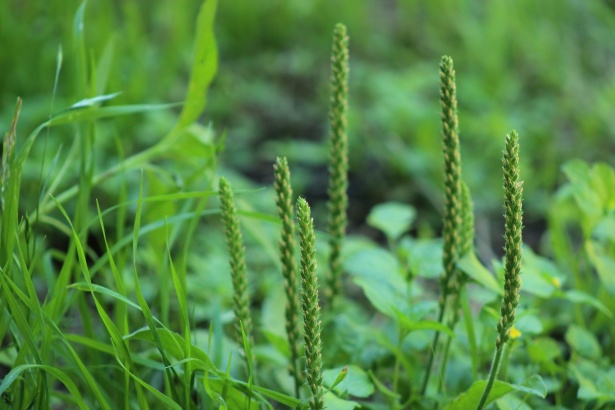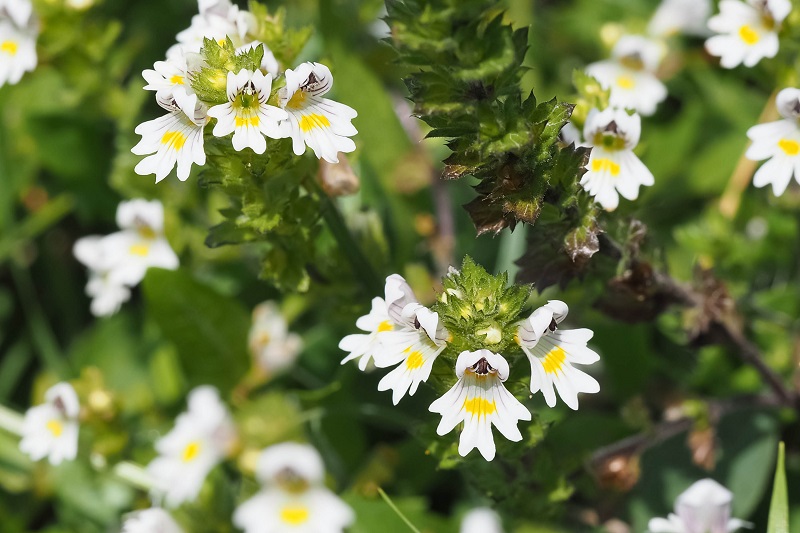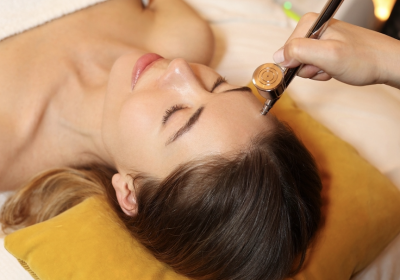We all know about itchiness, watery eyes, nasal congestion, coughing, sneezing, headaches and other uncomfortable symptoms. Luckily, nature has offered to us many intelligent herbs that help us enjoy springtime while keeping these symptoms at bay.
Some of the herbs, like nettle, come out as early as the beginning of March, and can be harvested for over six months to support us all the way through the autumn.
1) Nettle
Nettle is an excellent all-around antihistamine remedy and its harvest is often described as ‘springtime herbalism at one of its finest moments’. Nettle is highly nutritious, rich in A, C vitamins, calcium, potassium and magnesium. It has long been considered a blood tonic and is a wonderful treatment for anaemia, as it is high in both iron and chlorophyll. It enhances immunity and relieves allergies, catarrh and enhances detoxification via liver and kidneys. Spring is the best time to enjoy young leaves in soups, pesto and stir-fries. Root and seeds are also medicinal and are used in hormonal disorders.

2) Broadleaf plantain
Broadleaf plantain is also one of the most commonly found weeds in Europe. It has a strong affinity to the lungs and skin and has traditionally been used to treat bronchial congestions, sinusitis, asthma and skin injuries. As a natural antihistamine, it is particularly effective for reducing inflammation in the eyes and mucus membranes in the nose. Plantain is also well known for its ability to stop bleeding, heal ulcers, stings and insect bites, which makes it an excellent first aid remedy.

3) Baikal skullcap
Baikal skullcap is a traditional Chinese herb used to treat hay fever and other allergies such as asthma, eczema and urticaria, by inhibiting release of histamine from mast cells. It is also effective for fevers, infections and inflammation. That’s probably why Chinese researchers have identified Baikal skullcap as one of the herbs with potential against covid-19.

4) Eyebright
Eyebright is a beautiful flower which looks like an eye and in fact, has been traditionally used to improve and preserve eyesight. It is also known to alleviate inflammation of the eye, help with itchiness and puffiness, as well as irritation and catarrh in the nose.

5) Licorice
Licorice root contains glycyrrhizin which resembles adrenal hormones with anti-inflammatory, immunomodulating and antiallergic effects similar to cortisone. It is soothing for dry mucus membranes and skin allergies, like eczema. In Chinese medicine licorice is used as a Qi tonic to alleviate fatigue, frequent infections and lack of appetite. It is sweet to taste, can be made it candies and syrups which makes it a perfect remedy for kids.

6) Elder tree has long been called the ‘medicine chest’, as we can use its flowers and berries to activate the immune system, treat and prevent flu, tonsillitis, decongest sinuses, combat fevers, allergies and treat a wide range of other infections. Collect the flowers in April to make an indulgent cordial for lemonades, lollies and hot infusions.

Have a search in a park or a nearby forest for other anti-allergic herbs, like yarrow, chamomile or mullein, and don’t forget the earlier you start, ideally one month before the blossom of your allergen, the better the results are going to be.
For a more permanent solution, 5R gut reset protocol is the best starting point, as Removing bad bugs and toxins; Replacing digestive insufficiencies with the help of spices, bitters, enzymes and other supplements; Reinoculating gut flora with probiotics; Repairing gut lining; Rebalancing the lifestyle to reduce stress – is the best way to address most chronic conditions.
What else can be done? As histamine is broken down by the liver, supporting liver with bitter cooling herbs such as dandelion, andrographis and artichoke leaf, is an important consideration. Low-histamine diet is also helpful during this time. The key elements of this diet are – exclusion of foods that are high in histamine and/or promote histamine release (chocolate, alcohol, vinegar, fermented foods, dried fruit, shellfish) and addition of nutrients that act as natural antihistamines (nettle, turmeric, apples, ginger, onions). Finally, don’t forget to use saline spray to rinse out your sinuses, and steam inhalation with or essential oils to alleviate short-term symptoms.
To order Hayfever Relief Tincture that contains nettle, elder flower, Baikal skullcap, plantain, eyebright and liquorice contact [email protected]
Tags: Health, Wellness, Tips, Herbs, Naturopathic Remedies, Hayfever | Author: Jenya Di Pierro, Herbalist & Naturopath








